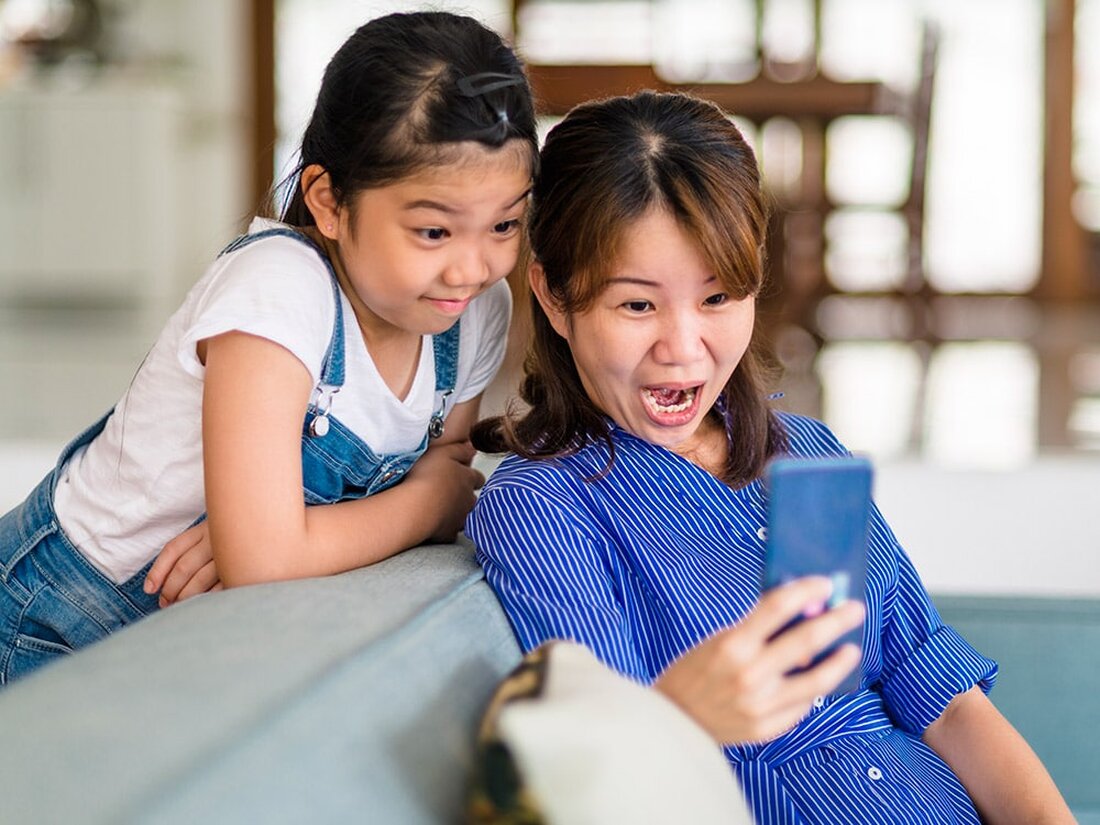How autism affects communication in children
When does communication begin? Communication begins much before a child learns to speak. Babies show an interest in communication in the first months of their lives by listening carefully to the sound of human voices, looking at people while they speak, and then engaging in unpredictable babbling games with parents. Children learn by seeing how elders communicate. The exchange of smiles and sounds between the children and their caregivers is the first conversation they notice. Even though a child may not pronounce a word, he or she can pick up what is being said from the syllables. Toddlers begin to understand the action and the individual words...

How autism affects communication in children
When does communication begin?
Communication begins much before a child learns to speak. Babies show an interest in communication in the first months of their lives by listening carefully to the sound of human voices, looking at people while they speak, and then engaging in unpredictable babbling games with parents. Children learn by seeing how elders communicate. The exchange of smiles and sounds between the children and their caregivers is the first conversation they notice. Even though a child may not pronounce a word, he or she can pick up what is being said from the syllables.
Toddlers begin to imitate their parents' actions and individual words. They then begin to use the first words themselves. Once they know a few individual words, children begin putting them together into two-word sentences.
How does autism affect communication?
In children with autism spectrum disorder, communication development is slower and different. Sensory challenges associated with the disorder often make autistic children seem more interested in the sounds around them. This includes the whirring of the ceiling fan or vacuum cleaner. They find these sounds more recognizable than those of people speaking. In fact, autistic children often don't seem to hear what people are saying.
While no one knows exactly why, children with autism obviously don't imitate parents like other children. And that's why they need the best communication apps for kids. They either do not imitate all sentences or imitate entire sentences (so-called echoes) without understanding the meaning of the words. In children who do not use echoes, their first words are often delayed. The words are sometimes unusual (like the letters of an alphabet) and are most often delayed.
Mild or High-Functioning Autism and Communication
Children with Asperger's syndrome often use long sentences to communicate. They may have an extensive vocabulary. However, when it comes to social communication, much more is required than words. Facial expressions, body language, gaze, tone of voice, and other nonverbal cues often reveal more about what ordinary people feel and think about the words they use. Children need to know how to respond to these cues in order to become successful communicators. Otherwise, they need one of the best communication apps for kids.
Most children begin paying attention to nonverbal cues in infancy, as they search their parents' faces for recognition, support, and clues about what's going on in their minds. For example, when they see their mother looking at a toy, they understand that she is going to offer it to them. But a child with mild autism, Asperger's syndrome, or social communication difficulties may find it difficult to tune in to the thoughts of others. They also don't develop like other children.
The difficulty of empathizing with and seeing another person's perspective can make a bilateral conversation very challenging for autistic children. They often don't know what to say or how to react in a social situation. It is usually difficult for them to make friends with neurotypicals. Luckily, the best commutation apps for kids can be a great help in developing basic skills in autistic children.
Inspired by Kevin Carter

 Suche
Suche
 Mein Konto
Mein Konto
